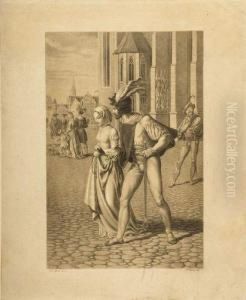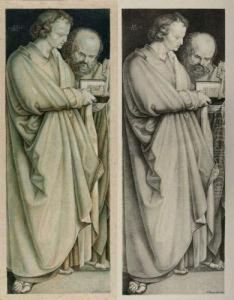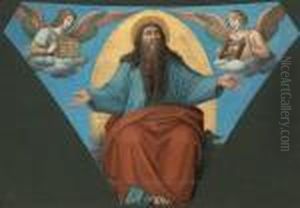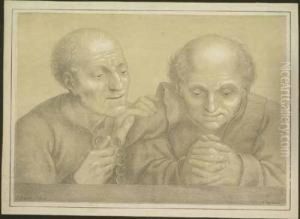Johanna Nepomuk Strixner Paintings
Johanna Nepomuk Strixner was a German engraver and lithographer, born in 1782. He is often associated with the early period of lithography, a printing process that was invented by Alois Senefelder in the late 18th century and rapidly gained popularity because it allowed for more efficient and less expensive reproduction of artworks and texts compared to the traditional engraving methods.
Strixner's work coincided with a time of cultural flourishing in Germany, during the Romantic period, when there was a great interest in the arts, literature, and philosophy. He became known for his reproductions of famous paintings, which helped to disseminate and popularize the works of various artists. His lithographs served as a form of art distribution in an era before the widespread availability of photographic reproduction.
During his career, Strixner collaborated with other artists and was involved in several important projects. One of his most notable contributions was his work in the publication 'Sammlung von Handzeichnungen alter Meister' (Collection of Hand Drawings by Old Masters), which was a pioneering effort to create a comprehensive record of drawings by historical artists.
Strixner's dedication to his craft and his role in the advancement of lithography marked him as an important figure in the history of printmaking. Although not as widely known as some of his contemporaries, his work nonetheless played a significant part in the art world of the 19th century, making art more accessible to the public.
Johanna Nepomuk Strixner passed away in 1855, leaving behind a legacy as an accomplished lithographer who contributed to the spread of artistic knowledge and the democratization of art appreciation during his lifetime.



